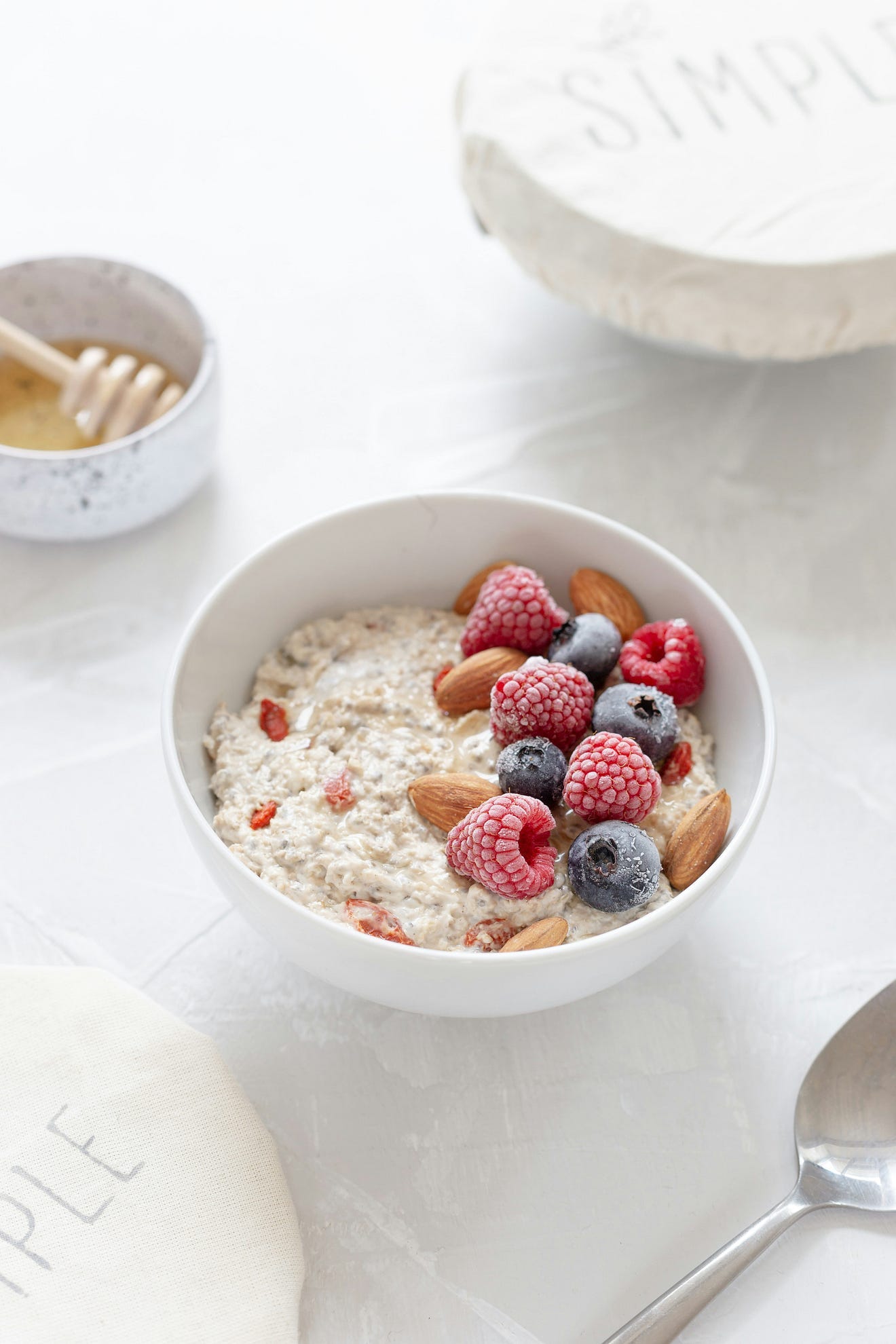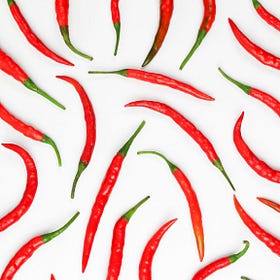Oatmeal And Its Prowess In Dealing With Heart Disease And/Or Type 2 Diabetes
Why is oatmeal purportedly so powerful for this?
Oatmeal has people sitting on the fence about its health benefits.
A Healthline article states that oatmeal has the following benefits:
It can help regulate blood sugar, thanks to the moderate to high fiber content and lower glycemic index.
It’s heart-healthy due to its soluble fiber content and the fact it can lower cholesterol.
It may reduce the need for insulin injections when you eat it instead of other carbohydrate-rich breakfast foods.
If cooked ahead, it can be a quick and easy meal.
It’s moderately high in fiber, making you feel full longer and helping with weight management.
It’s a good source of long-term energy.
It can help regulate digestion.
However, we have to be conscious about the type of oatmeal that we’re consuming, if we’re actually looking into incorporating oatmeal into our diets. According to a Levels Health article:
But your blood glucose might not agree that oatmeal should be considered a “superfood.” Levels data consistently shows it’s one of the worst foods for blood sugar. According to CGM data from Levels food logs, it spikes blood sugar levels an average of 34 mg/dL.
Why does oatmeal spike blood sugar? Let’s start with the oats themselves. Rolled and instant oats are processed foods, and both carry a more significant glycemic load. To speed up cook time, they have the outer husk removed and are flattened, pre-cooked, and toasted dry. Instant oats are also milled to a smaller size, so they take even less time to prepare. But this convenience means your body breaks down both types of oats quickly, which means the carbohydrates in the oats are more rapidly converted to glucose and absorbed. That can lead to a blood sugar spike.
What is key is the (1,3/1,4) β-glucan (beta-glucan) polysaccharides that are found in oatmeal. As a side note, mushrooms contain a slightly different type of beta-glucan polysaccharides, the (1,3/1,6) β-glucan variant. The (1,3/1,6) variant has a stimulant effect on the immune system that the (1,3/1,4) version does not have. These numbers are but indicators of where the chemical linkages are on the polysaccharides.
Mushrooms That Influence Heart Health By Affecting Immune System Activities
I do like the taste of the shiitake mushroom. This description already makes me want to eat it now: Shiitake mushrooms are known for their strong, earthy flavor. They’re packed with umami thanks to the amino acid glutamate. When cooked, shiitake caps have velvety,
These (1,3/1,4) β-glucans are known as soluble fibre. They are polysaccharide molecules (molecules made up of multiple repeating simple sugar molecules), but they cannot be digested by our digestive systems down into glucose or fructose:
Sugar Is A Digestible Carbohydrate, But A Carbohydrate Isn’t Necessarily Digestible Sugar.
I think most of us have this love-hate relationship with sugar. Even myself. On the one hand, I do like my ice cream and cookies, which I can ingest quite a fair bit at one shot if I allowed myself to do so — but on the other hand, I do hate the sugar that I’m ingesting from it.
These soluble fibres have the ability to absorb water and turn into a gel-like substance.
Now, the fun part is that when these soluble fibres are moving from our stomach into our intestines, they’re going to be absorbing water and any other types of liquids - much like a good sponge would.
As digestible sugars are soluble in water, any water containing dissolved sugar that is absorbed by the “sponge” would most likely be entrapped by the “sponge” and less likely be able to pass through the intestinal membranes for absorption by the blood.
It is quite evident when we wet a conventional sponge. We may squeeze the sponge as hard as we like to remove all the water that it has absorbed, but we won’t be able to dry it completely. The sponge will still retain a measure of dampness despite our best efforts in squeezing it dry.
That’s how soluble dietary fibre slows down the rate of glucose absorption into the blood.
Now, waste cholesterol is processed by the liver as bile salts and thrown into the intestines for fecal elimination. A majority of these bile salts (approximately 94%) can be re-absorbed back into the blood and into the liver, or they can be bound to the soluble fibre gel and eliminated via the stool more effectively.
That’s how one can manage an issue with high blood cholesterol.
The Problem With Cholesterol Accumulation In Our Body.
This piece is a continuation from It Ain’t Really Just The Cholesterol That Contributes To Heart Disease: There are certain things in life that we would want to see increases in. Financially, we will always appreciate an increase in our bank accounts. Emotionally, we will always appreciate an increased outpouring of love from our loved ones. Mentally, we will always appreciate learning new content that is relevant to us.
I personally did experiment with psyllium husk for counteracting fiery faecal runs after consuming spicy food:
Spicy Food Beware, I've Got A Possible Solution For That Issue.
Some of us may have a poor tolerance for spicy food. I’ve heard of people who can’t tolerate ground pepper, for instance. There are those on the other spectrum who can devour Carolina Reapers like there’s no tomorrow — and suffer no ill-effects from it.
And I also did personally use psyllium husk quite effectively for diarrhoea issues.
The key idea is to have a material that absorbs effectively. Do feel free to check out What Nutrients Support Digestion And Detox In Our Body? to see how else we can support our digestive systems.
Also, do feel free to share this article and hit the “subscribe” button to get more updates about the science concepts in nutrition and health, all deconstructed nicely for your convenient perusal!








